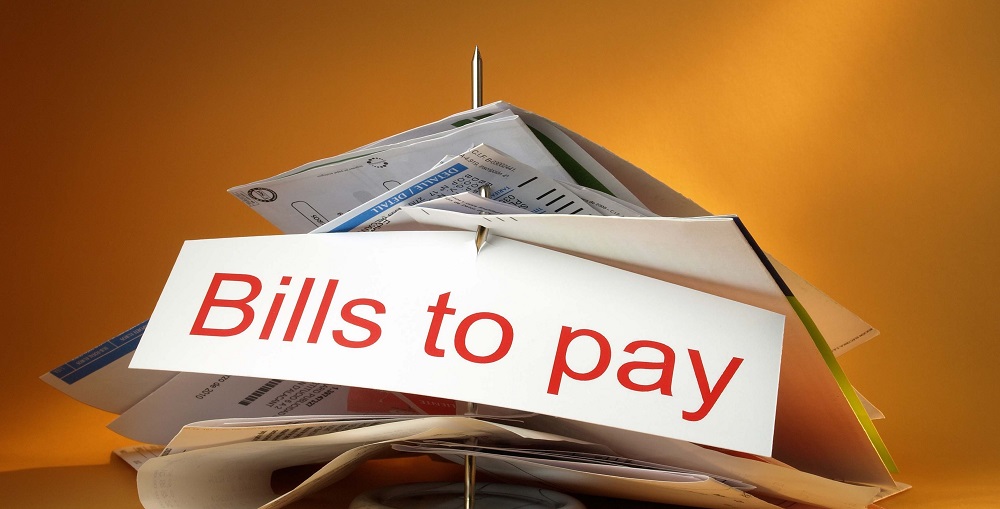The coronavirus outbreak brought the U.S. economy to a grinding halt, and the resultant economic fallout devastated the small business community. However, the government recently approved billions in funding to support small businesses, so there are tons of resources available for qualified businesses. The government wants to give you this money, but you need to know how to ask for it. This article tells you everything you need to know to file for the government’s coronavirus relief loans.
Coronavirus Relief Loans
The Small Business Administration (SBA) offers loans for small businesses that are suffering from financial hardship. Social distancing guidelines led many businesses to close and their bills are piling up. The SBA wants to provide businesses with loans to help them cope with the disruption. Some companies are deferring collections, but businesses still need to cover hard costs like rent, insurance, and employee salaries. This is putting a lot of pressure on small businesses, but SBA loans could help them survive through the crisis.
Small businesses affected by the coronavirus can secure several types of funding from the SBA. The programs available through the SBA including the SBA Express Bridge Loans, Economic Injury Disaster Loan (EIDL), Paycheck Protection Program (PPP), and SBA Debt Relief Program.
SBA Coronavirus Relief Loans
SBA loans help small businesses that are faced with financial hardship. The COVID-19 pandemic has affected small businesses all over the country. In an effort to protect our small businesses and our economy, the SBA has made several loan programs available.
SBA Express Bridge Loan
This is a small, short term 7(a) loan with a maximum loan amount of $25K. Bridge loans are for small businesses undergoing a temporary loss in income. Small businesses can use SBA bridge loans to hold them over while they wait for additional funding.
Economic Injury Disaster Loan
An Economic Injury Disaster Loan is intended to help small businesses overcome the economic downturn as a result of coronavirus. The maximum loan amount is $2 million
Paycheck Protection Program
The government launched this program to help businesses pay their workers through the U.S. coronavirus outbreak. This is one of the most extensive coronavirus relief loans available. Small businesses, nonprofit organizations, veteran organizations, and tribal businesses can all apply for paycheck protection loans. Eligible businesses can qualify for up to $10 million in loans and defer payments for 6 months. Lenders will forgive 8 weeks of loan proceeds if the recipient business maintains its workforce through the crisis.
SBA Debt Relief Program
This program provides economic support to small businesses as they overcome the economic challenges ahead. This covers the principal and interest of new 7(a) loans issued before September 27, 2020, for up to 6 months.
Who Qualifies?
To be eligible for the SBA 7(a) coronavirus relief loan, your business must reside in a region where a disaster has been declared. In addition, you must plan to use the loan to sustain or reopen the business. Applicants must also meet additional qualifications, including:
- Your business must be registered as a for-profit business
- Business owners cannot be on parole
- Must have fewer than 500 employees and less than $7.5 million in average revenue for the last 3 years
- Net income must be less than $5 million
- Tangible worth must be less than $15 million
- Applicants must demonstrate that they have exhausted all other non-SBA options
- Your business must have provable staying power.
- You will not qualify if you’re delinquent on government-sponsored loans or tax payments
How to Apply
The SBA is not a direct lender, so the process must start with a local lender who is participating in the program. For the Paycheck Protection Program, you can begin submitting your application beginning April 3, 2020. To complete the application you will need to submit information regarding your personal and financial background, business financial statements, ownership and affiliations, business certificate and license, previous loan application history, income tax returns, business overview and history, information about your commercial real estate lease, and personal resume. You can find a participating bridge loan lender in your area here.
Tax Considerations
You can deduct interest expenses from your tax returns. However, you can only write-off the interest and you can not deduct the principal portion of the loan. The IRS generally doesn’t consider a loan as income, unless a portion of the loan is forgiven.
Economic Injury Disaster Loan (EIDL)
Small businesses that suffer during an economic disaster can apply for an EIDL loan. These SBA loans provide up to $2 million in working capital for small businesses. EIDL funds can help businesses stay afloat during prolonged periods of economic crisis.
What’s Available?
Businesses can receive an advance of up to $10,000 in as little as 3 days after a successful EIDL loan application. However, the applicant’s economic injury determines the total amount of a loan.
Who Qualifies?
Small businesses and most private non-profits can qualify for an EIDL. The business must be independently owned and located in an area that has been declared as a disaster area. You must also demonstrate that your business has suffered because of the disaster. In addition, the SBA requires all applicants to prove that they’ve exhausted all other lending options. Borrowers must have decent credit and demonstrate an ability to repay the loan.
How to Apply
You can apply online for an EIDL by visiting the SBA disaster assistance website. However, it’s a good idea to gather your important financial info before you apply. Applicants must submit:
- Personal and financial information
- Information pertaining to your business such as the date of establishment
- Personal and business references
- Information on business partners and information on your business partners’ other businesses if they own more than 50% of additional businesses
- Business financial statement
- Income tax returns
- List of assets and collateral
- Current debts and liabilities
Tax Considerations
With an EIDL you can write off the interest portion of your loan but not the principal. And again, most loans aren’t considered income since it is money you are paying back, However, if any portion of the loan is forgiven, the amount forgiven may be considered income.
Get Expert Guidance
Navigating the bureaucracy behind coronavirus relief loans isn’t easy, so you shouldn’t go at it alone. Shared Economy Tax has a team of certified tax pros that can help you through the process. Our experienced experts can also show you how to choose the loan that best benefits your tax profile, which could save you big down the road. Get started today with a free one-on-one strategy session. For more COVID-19 resources and free tax tips, subscribe to our newsletter using the form below.

